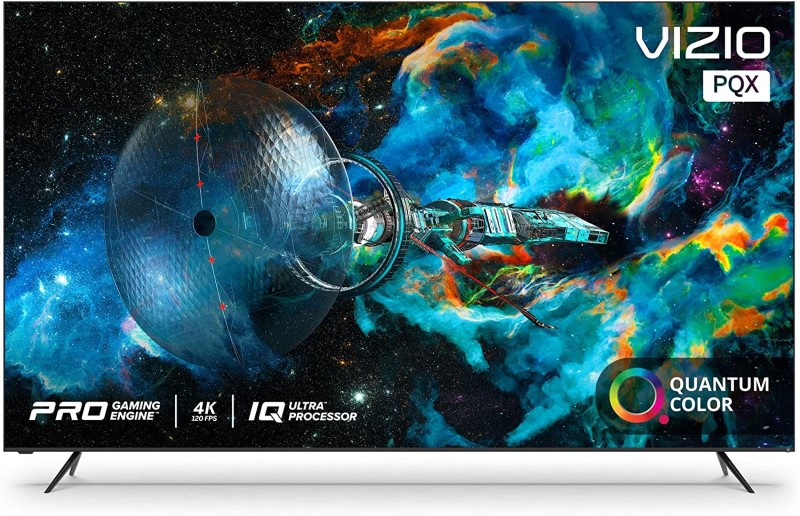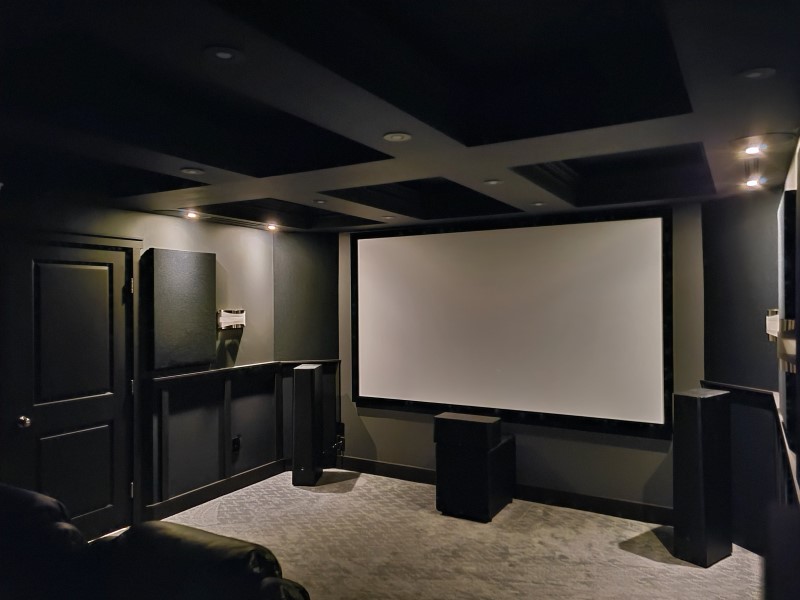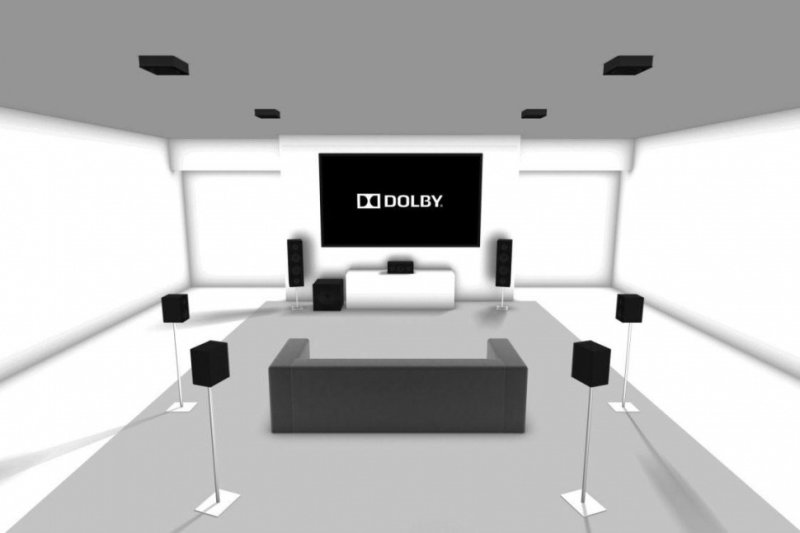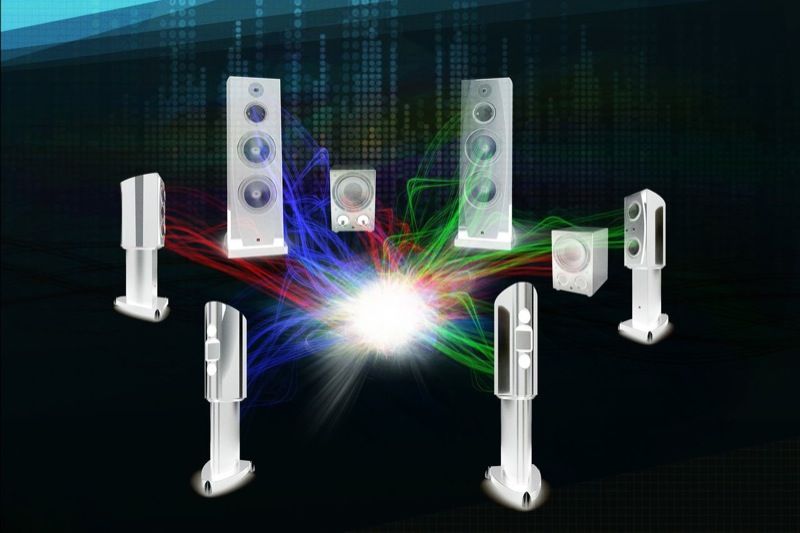Most Transformative AV Products of the Last Decade
It is easy to bag on things that you hate. Anyone can do that. Sure, sometimes it all seems like a dumpster fire, but let’s not focus on the negative. There are plenty of good things that have happened in the world. The world of AV and home theater have seen some amazing advancements recently. So, let’s talk about some of the most transformative AV products that have hit the market in the last decade.
Streaming is Here to Stay
The pandemic times were hard. But Netflix and other streaming services made it tolerable. Sure, we all binged-watched way too much stuff, but it helped us pass the time. And the world quickly realized just how convenient and easy streaming really was.
At the beginning of the decade, streaming products were around, but only the hardcore AV enthusiasts really used them. There was Netflix and Hulu but not a lot else. Now, we have a ton of options open to us including some experience with day-and-date movie releases (and some of the backlash). Regardless, streaming has hit the mainstream and is here to stay. You may prefer discs (or going to the movies), but you almost certainly stream something.

The convenience of streaming cannot be denied. Paired with more and more access to high-speed Internet and we are seeing better resolutions and audio codecs available. And this is a great thing.
Proliferation of Apps
Now, apps are not a new thing. They’ve been around. But in the world of AV, there have been very few products in the last decade that were really all that useful. This has changed recently. We’ve seen control apps released by all the major receiver manufacturers. Audyssey and Dirac have control apps for their room correction systems. Even headphone manufacturers are getting in on the app game. They’ve started offering apps that can personalize the control scheme and EQ of their headphones. This gives us all a lot more ways to control our systems and lives.
We are particularly happy to see apps for control of our home theater gear. How many times have you put away a remote just to find out that you need it? Those control apps make digging through the remote drawer a thing of the past!
High Dynamic Range (HDR)
While more pixels may be the thing that the manufacturers want to talk about, the best thing to happen to our images is HDR. High Dynamic Range gives us access to more colors and brighter highlights. This gives us more realistic images. More realistic is much better than more pixels.

The real benefit of HDR is the almost complete elimination of many visual artifacts. With more colors, we can experience smoother transitions between colors. This is especially true in the darker scenes. This is certainly one of the most transformative AV products released in the last decade.
Increased Flat Panel Sizes (with lower costs)
It’s hard to believe how much TV you can get for your buck today. The cost of a 50″ plasma last decade will get you a 65″ or larger flat panel these days. While OLEDs still command a premium, you can get a very respectable LED-backlit LCD flat panel for insanely little money.

We are getting close to the point that home theater projectors may become obsolete. With flat panel displays now shipping 85″ and larger for under $2000, it is hard to look at a projector that can’t do Dolby Vision or get nearly as bright and think it is a good deal. The prices on huge flat panel displays definitely make them one of the most transformative AV products of the last decade.
Full-Array Local Dimming
Making a big TV that doesn’t cost a lot isn’t really that hard. You just have to cut all of the corners. Making a TV that is huge and also looks great, is a completely different thing. You could “cost-is-no-object” it, but not if you want to sell a bunch of them. Enter Full-Array Local Dimming.

OLED is the king of flat panels because each and every pixel can be turned off individually. This makes for the absolute blackest blacks. LCD panels can’t do this. For years they only had a single light in the back and they tried to use the LCD panel to block the light. Full-Array Local Dimming creates many zones with individual lights in each. While it isn’t as good as what OLED can do, it is much better than a single light. A decade ago, you’d be lucky to find a flat panel with a dozen zones. Now we have displays with hundreds of zones. On top of that, there are many more displays that are including Full-Array Local Dimming technology.
Projector Screen Prices
A decade ago, you’d be a lucky AV enthusiast if you could find a projector screen for under $2000. Don’t check my math, I’m just taking this from memory. But prices have come down significantly in the last decade. You can find fixed-frame projector screens for under $200. That’s insane. If you had told 2010 me that a $200 projection screen was a few years away, I’d have called you crazy. But it isn’t crazy. It’s reality.

And these aren’t some DIY solutions. These are real screens that we recommend and use in our home theaters. Honestly, reduced screen prices are the major thing that has kept projectors in the game this long. Flat panels do HDR better, they are brighter, and they have less lag. The big advantage of projectors was that they were bigger. Well, that difference is getting smaller and smaller every year.
Object-Based Audio
Personally, I’m not a huge fan of Dolby Atmos and DTS:X. They add something to the movie experience. But I don’t find the overhead speakers to be so transformative to be worth the cost and hassle for any but the most dedicated home theater enthusiast.
But the object-based audio technology behind Atmos and DTS:X is very exciting. Instead of a channel-based audio solution, object-based audio uses coordinates. With channels, a human adjusts the volume and phase from each speaker to “place” the sound around the room. With object-based audio, the sound designer places the sound in a 3d field, and the computer (or the processors in your AV receiver) uses the available speakers to best recreate that sound.

The difference is important. Channel-based audio is limited by the number of speakers that were in use when the content was created. Can you split stereo into surround? Sure. Can you take surround and upmix it to overhead speakers? Somewhat. But can you take stereo and try to create a realistic and accurate Atmos mix? Not really.
Object-based audio is created without concern about the placement of speakers. No matter how many speakers we add in the future, the sound object will be unchanged. We’ll just be able to more precisely place that sound. It is essentially futureproofing our sound mixes. This is surely one of the most transformative new AV products released in the last decade!
Room Correction Options
A decade ago (more or less) Audyssey offered the only room correction system that used Finite Impulse Response (FIR) filters. It was a revolution. Fast forward to today, and YPAO (from Yamaha) and Dirac have both started using the same technology. You might think that everyone using FIR filters would be a bad thing. We disagree. Currently, there really isn’t a better solution out there (though we are sure everyone is working on it). For a long time, we only wanted to recommend Denon and Marantz (and for a while Onkyo) receivers because Audyssey was so much better than all the other room correction programs.

Now, you have options. If you love the look or interface of one receiver over the other, their room correction is probably good enough. Having more options is great, especially seeing how poorly HDMI 2.1 has been rolled out. With options, you can get the receiver that has the inputs you want, with a room correction program that will actually make things sound better. If you don’t think that room correction programs have been transformative in the AV industry, you haven’t used one of these products in the last decade.
Subwoofers In General
Subwoofer technology really hasn’t changed that much in the last decade. If you want big bass, you need a big driver in a big box with a big amp. But what has changed is pricing. SVS led the way with powerful and yet affordable subwoofers. For many years, I really didn’t have very many other companies to recommend. But things have changed.

We are seeing more features being added to subwoofers. SVS has added app control to nearly every subwoofer in their line. We are seeing smaller subs with more output at lower prices. We are even seeing online companies (like SVS) transitioning into big-box stores without raising their online prices.
There are more and more companies out there that have reasonably priced but powerful subwoofers. Research has given us new insight into how to get very even bass in every seat in our home theaters. Subwoofer prices and options have never been better.
Wrapping Up
There have probably been more AV products in the last decade that have been as transformative as the ones we’ve mentioned here. We’re sure you’ll let us know in the comments. But these are the few that came to our minds. Just looking back over our list gets us excited for the future. How about you? What AV products do you think have been the most important in the last decade? What products do you think we should keep an eye out for?



Don’t forget the SVS SoundPath Subwoofer Isolation System. That magically helped minimize shaking and rattling noises in my house due to my subwoofers.
Yes! Decoupling subwoofers makes a big difference!
I don’t agree that projectors are going to go away.
Perhaps projectors will only be for the diehard (no pun intended) enthusiasts with a dedicated cinema room.
I love my Panasonic OLED TVs, but for a true cinematic experience my JVC projector is just superb. I agree it can’t meet the brightness levels of an OLED TV and the blacks aren’t quite as black (although JVC get very close), but there is just something uniquely better watching a projected movie image. It’s just like a movie theatre and that’s what I’m trying to replicate.
We use the OLED in the living room during the week, but Saturday night is special. It’s movie night in the home cinema room.